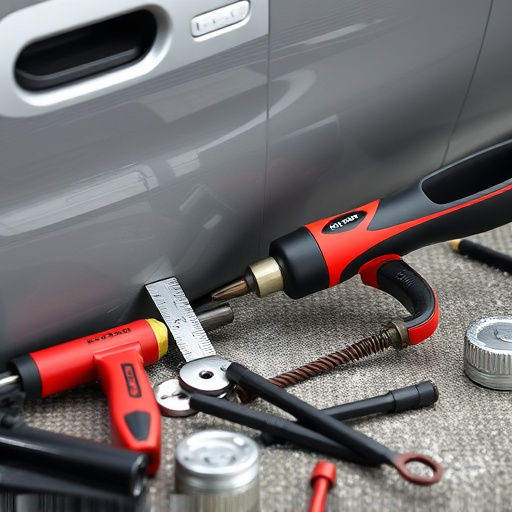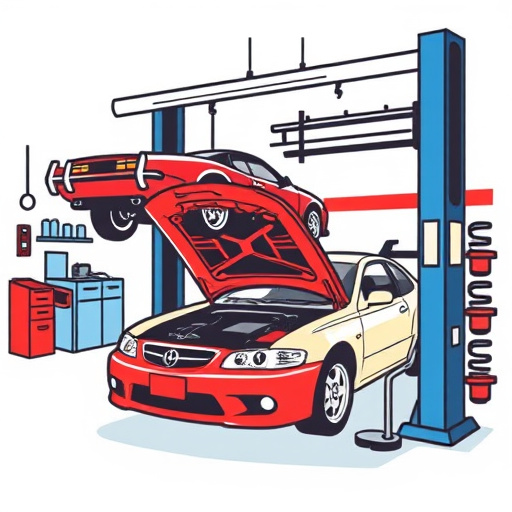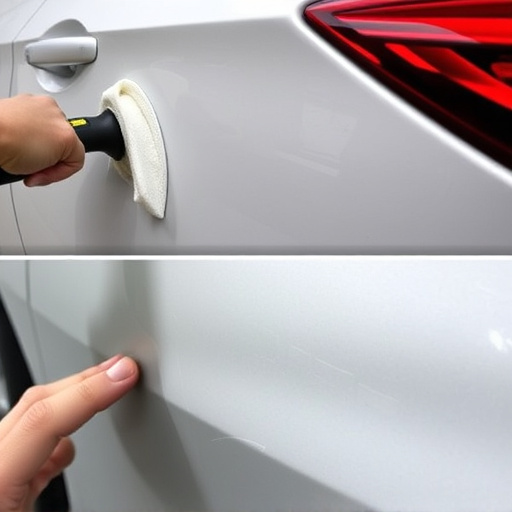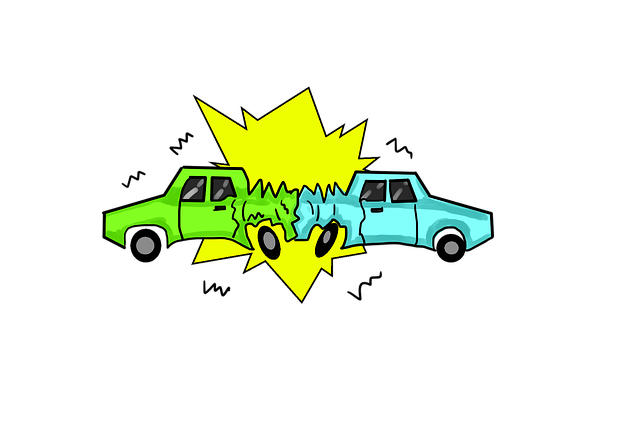Mercedes scan tool certification ensures safe and accurate diagnostics for Mercedes vehicles, preventing ECU damage and enhancing repair reliability. Certified tools facilitate communication between diagnostic equipment and vehicle computers, streamlining processes, reducing downtime, and improving customer satisfaction. Adhering to best practices like proper training, software updates, secure connections, and expert data interpretation skills maintains vehicle integrity and successful diagnoses.
Mercedes scan tool certification is a crucial step in ensuring safe and effective vehicle diagnostics. With proper certification, these tools prevent potential ECU (electronic control unit) damage during complex scans. This article delves into the significance of Mercedes scan tool certification, highlighting its benefits for diagnostic safety and best practices to maintain ECU integrity. By understanding these key aspects, automotive professionals can enhance their work, ensuring both precise diagnoses and long-term vehicle health.
- Understanding Mercedes Scan Tool Certification
- Benefits of Certified Tools for Diagnostic Safety
- Best Practices for Maintaining ECU Integrity
Understanding Mercedes Scan Tool Certification
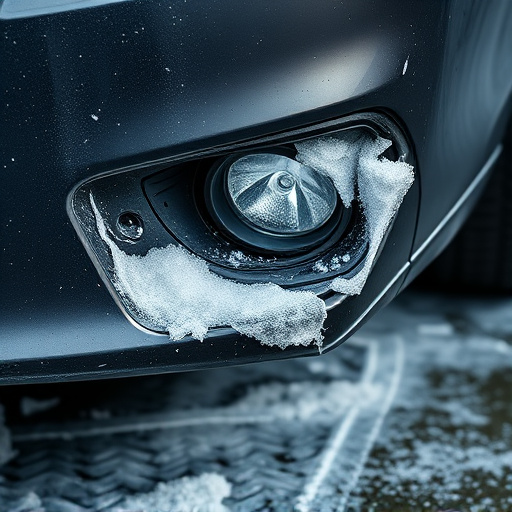
Mercedes Scan Tool Certification is a crucial standard ensuring the safe and effective diagnostic process for Mercedes vehicles. This certification guarantees that the scan tools used by technicians are compatible, accurate, and secure. It plays a vital role in preventing potential ECU (Engine Control Unit) damage, which can be costly to repair, akin to meticulous precision in car restoration or paintless dent repair techniques.
With advanced vehicle systems becoming more complex, certified scan tools offer reliable communication between the diagnostic equipment and the vehicle’s computer network. This ensures that during any troubleshooting or maintenance, the process is controlled and monitored, avoiding unwanted side effects. Just as a skilled technician uses the right tools for a car restoration project, a certified Mercedes scan tool guarantees the right approach for accurate and safe diagnostics, leaving no room for errors in vehicle dent repair processes.
Benefits of Certified Tools for Diagnostic Safety
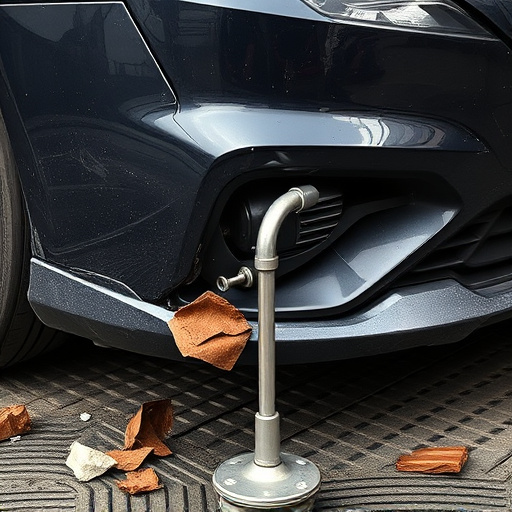
Using certified Mercedes scan tools offers significant advantages when it comes to diagnostic safety. These tools are designed and tested to meet stringent industry standards, ensuring they accurately interact with a vehicle’s electronic control units (ECUs). This certification prevents potential damage to sensitive ECU components during diagnostic procedures, which is crucial for maintaining optimal vehicle performance and longevity.
With proper certification, mechanics and technicians can confidently perform diagnostics on Mercedes vehicles without risking costly and time-consuming repairs due to tool malfunctions or miscommunications. Certified tools enhance the accuracy and reliability of diagnostic results, streamlining vehicle repair services and autobody repairs processes. This, in turn, leads to faster troubleshooting, reduced downtime for clients, and improved overall customer satisfaction, especially when coupled with high-quality auto body services.
Best Practices for Maintaining ECU Integrity
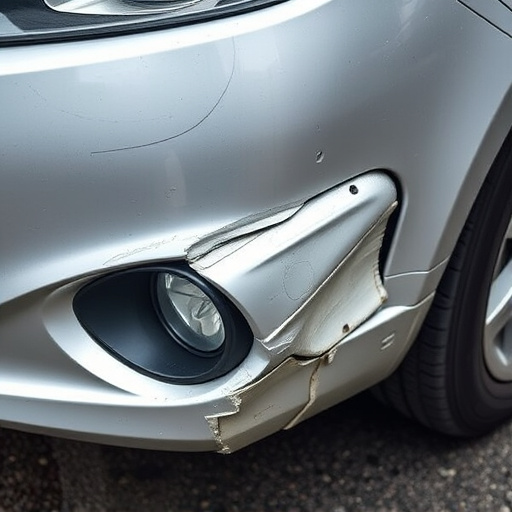
When using a Mercedes scan tool for diagnostics or repairs, adhering to best practices is paramount to maintaining the integrity of the vehicle’s ECU (Electronic Control Unit). The ECU acts as the brain of modern vehicles, controlling various functions and systems. A qualified technician armed with the right tools, such as a certified Mercedes scan tool, should always follow these guidelines:
1. Proper Training and Certification: Ensure your mechanic has undergone thorough training and obtained relevant certifications for using diagnostic tools on Mercedes vehicles. This includes understanding how to interpret data accurately and avoid causing damage during the scanning process.
2. Regular Software Updates: Keep the scan tool’s software up-to-date to ensure compatibility with the latest vehicle models and diagnostic protocols. Outdated software may provide inaccurate readings or fail to communicate effectively with the ECU, potentially leading to damage during scans.
3. Secure Connection: Always use approved connectors and cables when interfacing with the ECU. Improper connections can cause short circuits, damage sensitive components, and disrupt communication between the scan tool and the vehicle’s systems.
4. Precise Scanning Procedures: Follow a systematic approach when scanning the ECU. This involves identifying the correct diagnostic mode, selecting appropriate protocols, and adhering to manufacturer-recommended procedures. Avoid rapid or haphazard scans that could overwhelm the system.
5. Data Interpretation Expertise: Technicians should be adept at interpreting scan data accurately. Incorrectly diagnosing issues based on flawed interpretations can lead to unnecessary repairs or overlooking genuine problems, both of which can harm vehicle restoration efforts and cost owners dearly in terms of time and money, much like fixing auto glass replacement or performing dent removal.
Mercedes scan tool certification plays a vital role in ensuring safe and effective diagnostics, guarding against potential ECU damage. By adhering to established standards and utilizing certified tools, automotive professionals can confidently navigate complex diagnostic procedures, ultimately fostering a robust and reliable vehicle maintenance ecosystem.




